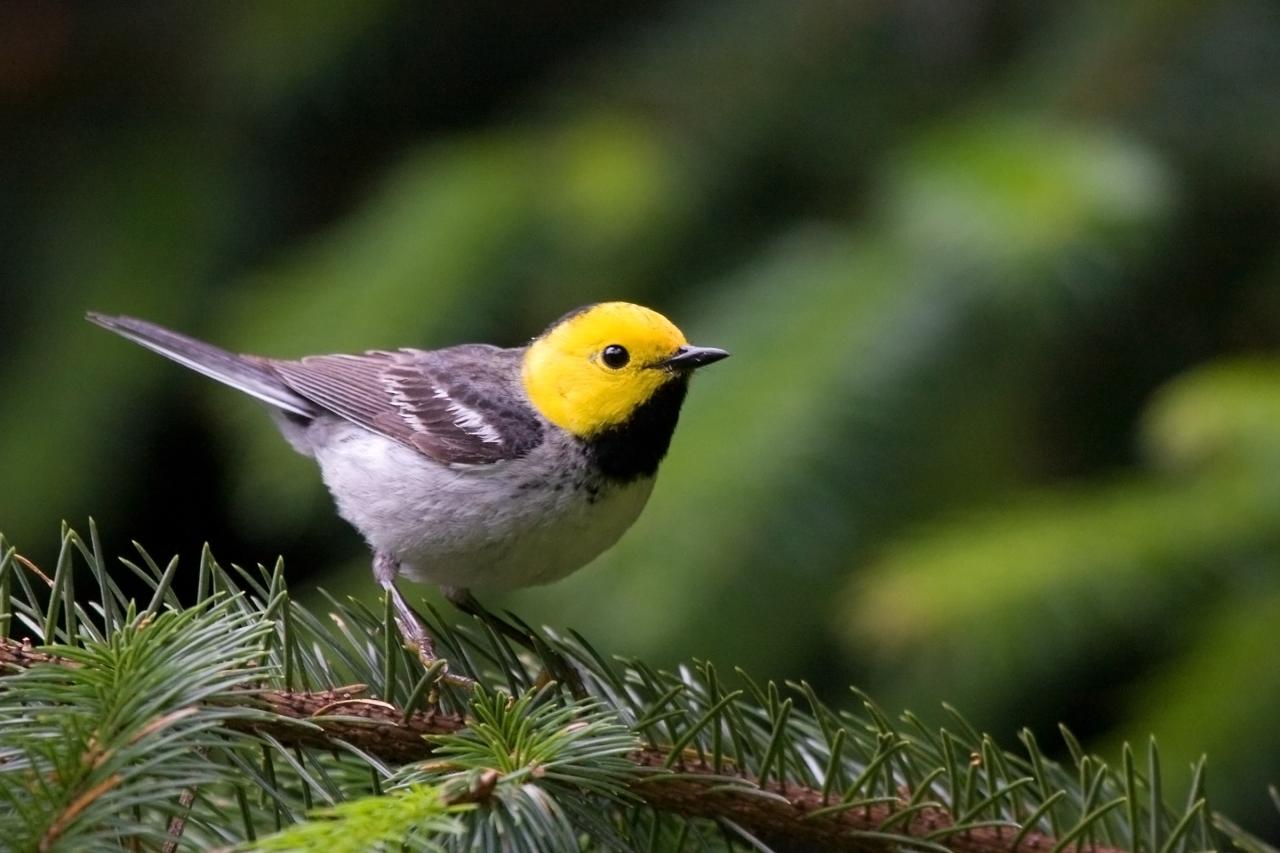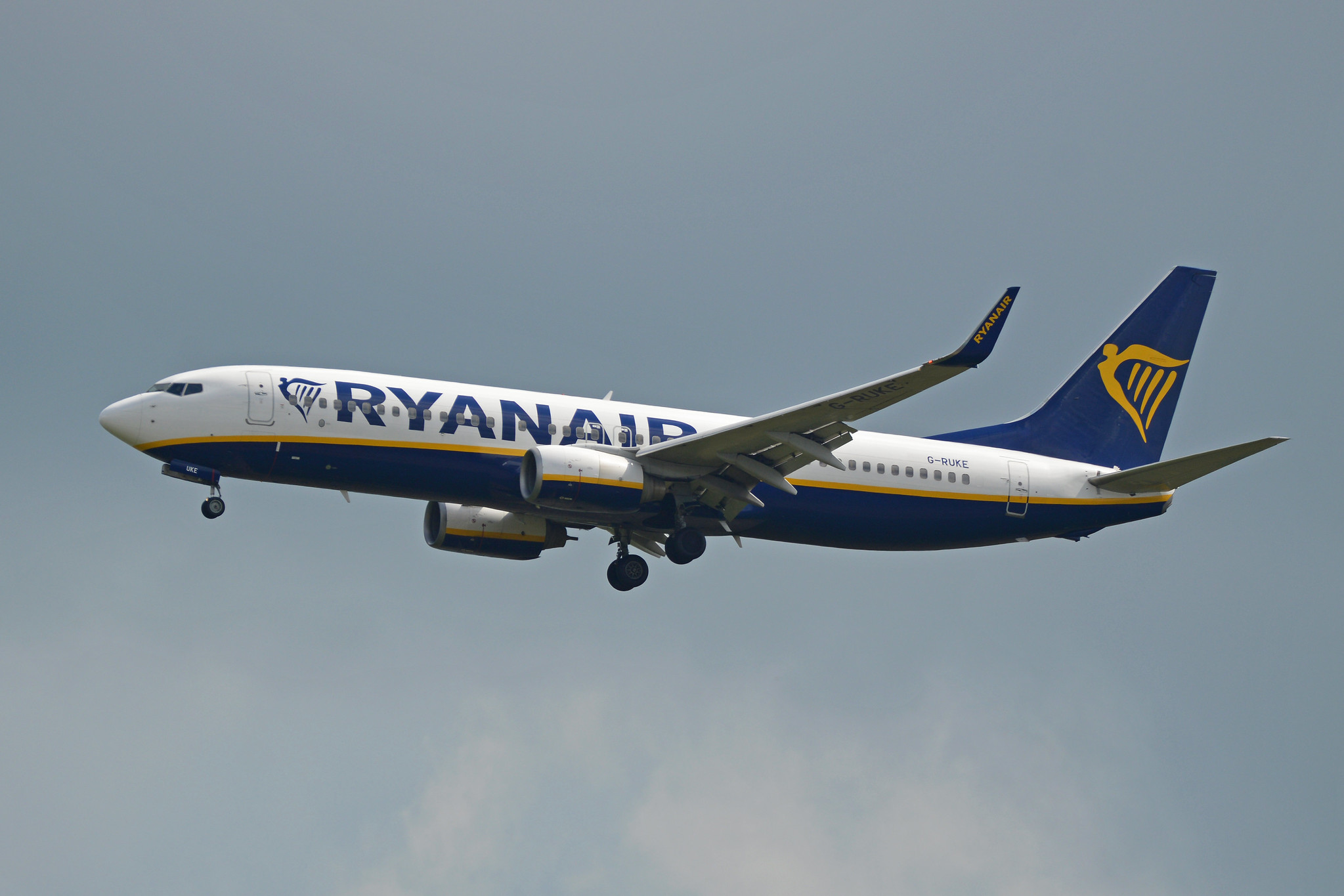Nearly 1,000 songbirds fatally crashed into the windows of a famed convention center in Chicago last week.
The massive amount of birds crashed into several buildings on the grounds of Chicago’s McCormick Place, the facility’s management said in a statement Friday on X (formerly Twitter).
“Unusual weather conditions during the peak of the Fall 2023 migration season in the city coupled with avian confusion that comes from light emanating from the buildings” were reportedly behind the enormous amount of deceased birds.
“It was just like a carpet of dead birds at the windows there,” said David Willard, a retired bird division collections manager at the Chicago Field Museum.
“A normal night would be zero to 15 (dead) birds. It was just kind of a shocking outlier to what we’ve experienced,” he explained.
Nocturnal migrating birds dead
A total of 33 species, the majority of them warblers, were identified among the 964 dead birds.
“In 40 years of keeping track of what’s happening at McCormick, we’ve never seen anything remotely on that scale,” Willard remarked.
The birds were reportedly flying south along the Lake Michigan shoreline, lifted by a tailwind after being delayed by unusually warm September southern winds.
Good morning! We hope that after counting 1,000 dead birds to help them fall asleep, the folks at @McCormick_Place had a good night's rest and woke up realizing that 45 years ago was the right time to make their lakeside buildings bird friendly. https://t.co/l50nQIduXC
— Chicago Bird Collision Monitors (@BirdMonitors) October 6, 2023
They descended to a lower altitude because of rain during the early hours of Wednesday morning, which drew them towards illuminated campus buildings of McCormick Place.
Window strikes claim the lives of hundreds of millions of birds each year in the United States. A study conducted by the Smithsonian Conservation Biology Institute and the U.S. Fish and Wildlife Service in 2014 estimated that the astonishing figure ranges between 365 million and 988 million annually.
How nocturnal migrating birds navigate
Birds that migrate at night, and warblers, which were the made up the majority of the dead birds, utilize the stars to navigate.
Bright lights from buildings detracts from their nocturnal navigation process, causing window strikes or confusing birds into flying around the lights until exhaustion takes over, which is known as fatal light attraction.
David Willard has been checking the grounds of #Chicago’s lakefront exhibition center for dead #birds for 40 years. Hundreds of dead songbirds, so thick they looked like a carpet. https://t.co/Ki92ZW8l3J
— NTD News (@NTDNews) October 9, 2023
To prevent this phenomenon, Anna Pidgeon, an avian ecologist at the University of Wisconsin-Madison, noted that simple measures can be put in place.
Building managers can dim lights, architects can design windows with bird-friendly markings, and individuals can install screens, apply decals to windows, or paint the glass of their homes.
In 1999, the National Audubon Society initiated a program called Lights Out, urging urban centers to turn off or dim lights during migration months.
Chicago is one of the 50 U.S. cities working towards minimizing bird fatalities during migration.
Space weather impacts nocturnal migrating birds
The impact of space weather on bird migration has been revealed in a recent study conducted by scientists from the University of Michigan (U-M).
The research shows that migratory birds, particularly nocturnally migrating species like geese, swans, sandpipers, and thrushes, heavily rely on the Earth’s magnetic field for navigation during their long seasonal flights.
The study found that when space weather, characterized by electromagnetic radiation and charged particles from the sun, disrupts the Earth’s magnetic field, fewer birds choose to undertake their migrations.
Those that do decide to fly often end up disoriented or lost due to the disruptions in their navigation caused by space weather disturbances.
Previous research has shown that birds utilize the Earth’s magnetic field to navigate during migration, and vagrancy has been associated with fluctuations in the planet’s magnetic field as well as solar activity, which can lead to mesmerizing auroras in the night sky.
The recently published findings are based on extensive datasets covering a span of 23 years, specifically focusing on bird migration across the Great Plains of the United States.
This region serves as a significant migratory corridor, attracting a diverse range of birds, including perching birds like thrushes and warblers, shorebirds like sandpipers and plovers, as well as waterfowl like ducks, geese, and swans.
How space weather changes the patterns of nocturnal migratory birds
The research highlights that fewer birds migrate during periods of space weather disturbances.
Additionally, during geomagnetic disturbances, birds tend to drift more frequently with the wind instead of actively counteracting the crosswinds they encounter.
The study suggests that under cloudy skies and during strong solar storms in the Autumn, birds reduce their “effort flying” against the wind by about a quarter.
This indicates that a combination of obscured celestial cues and magnetic disruption may impede the birds’ navigation abilities.
The U-M researchers believe that these findings demonstrate a previously unknown relationship between nocturnal bird migration and geomagnetic disturbances.
The study not only sheds light on the impact of space weather on bird behavior but also emphasizes the significance of the Earth’s magnetic field as a crucial navigational tool for these migratory species.












